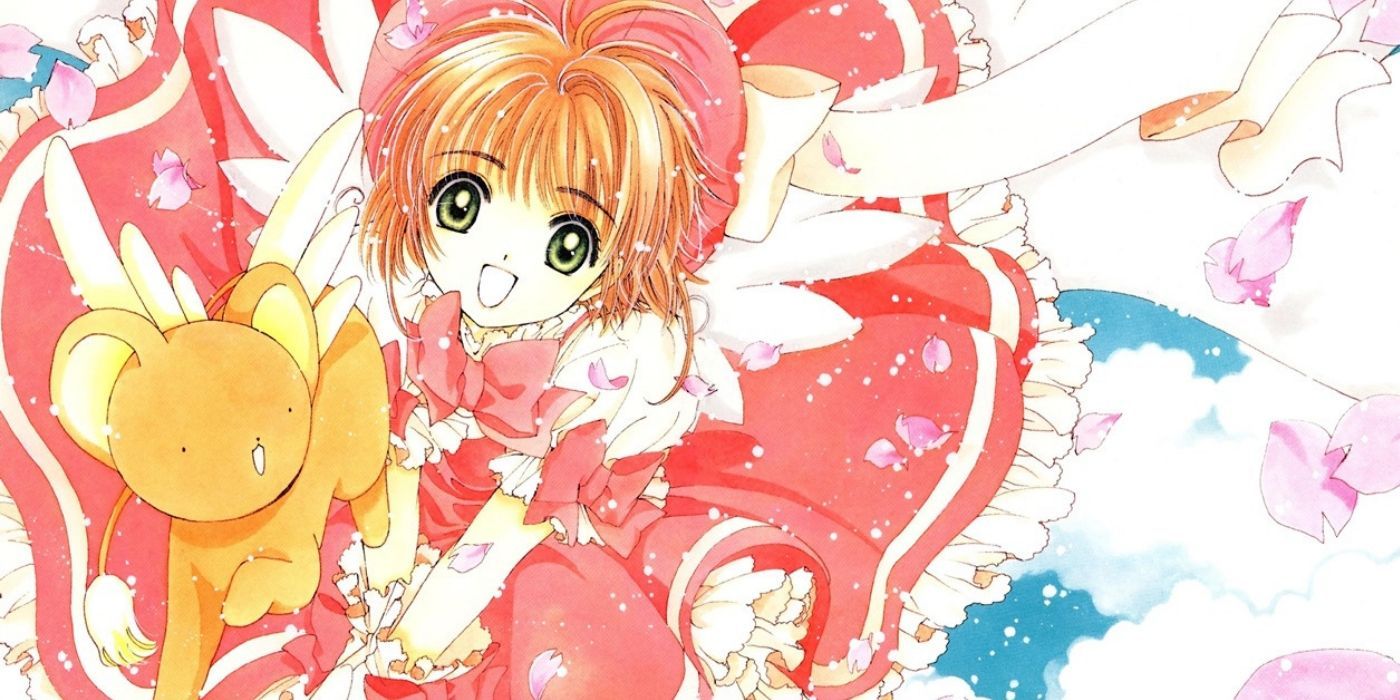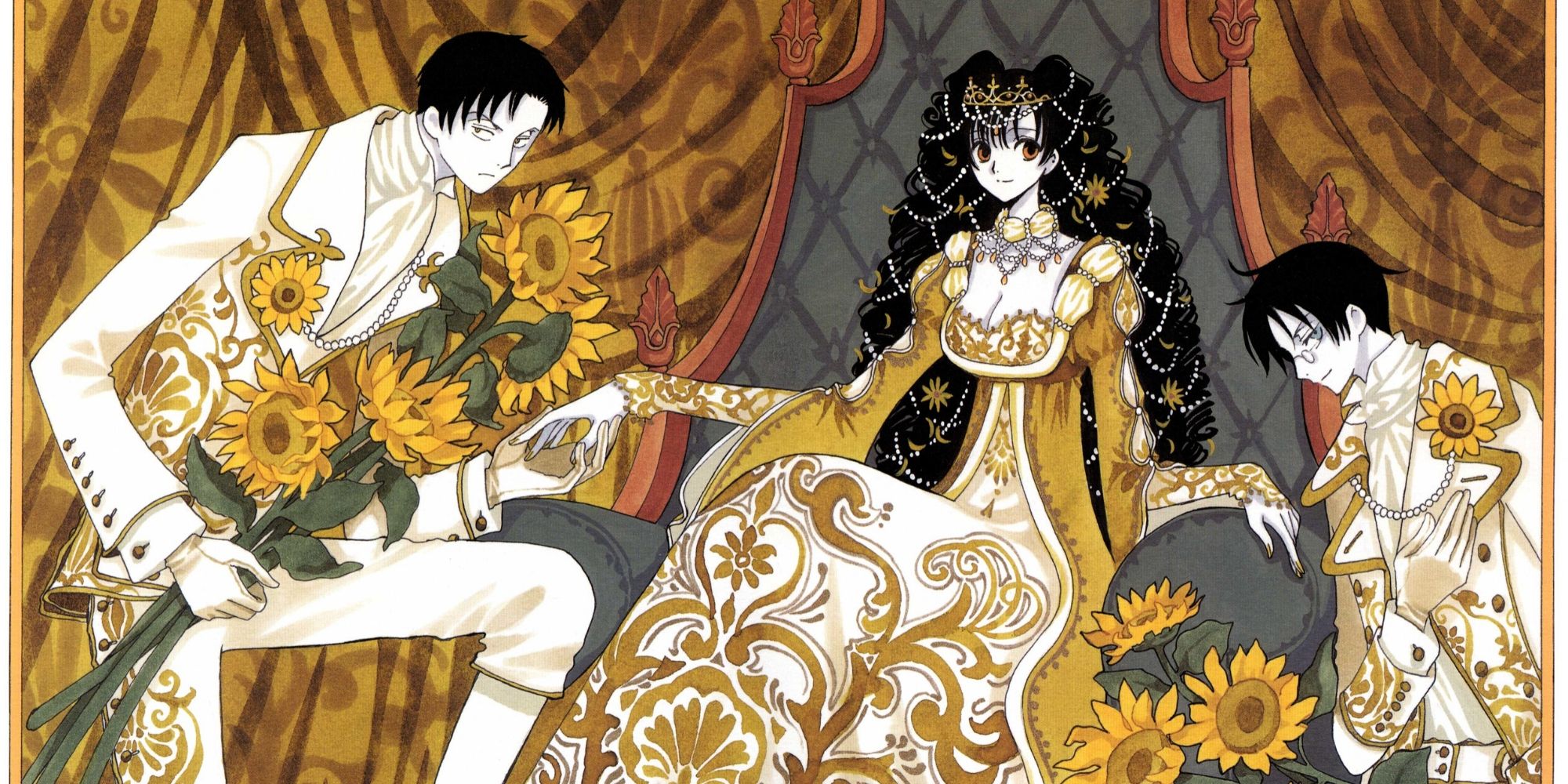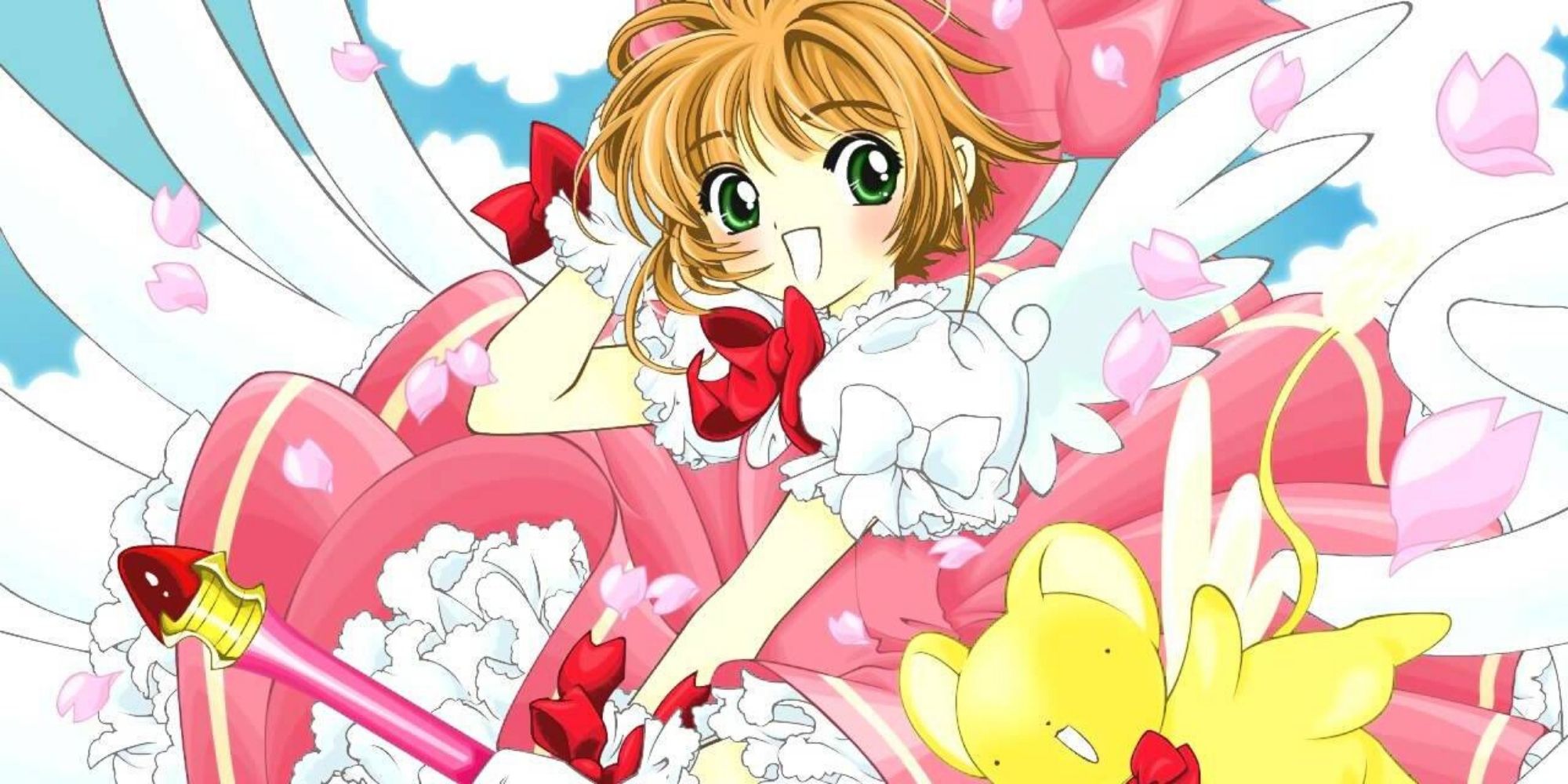CLAMP, known for producing iconic titles, such as Cardcaptor Sakura, Tsubasa: Reservoir Chronicle, xxxHolic and Chobits is one of the biggest and most acclaimed manga studios in the world. And, as an all-female mangaka group from Japan, they're also one of the world's most unique studios. Their contributions have redefined genres and helped grow the success of both manga and anime internationally. But, their story is really about a group of talented women coming together to do what they love -- something they've continued to do to this day.
CLAMP’s creative team consists of four women, Igarashi Satsuki, Ohkawa Nanase, Nekoi Tsubaki and Mokona. They met in high school in the mid-'80s, often getting together to have fun, before forming the 12-member doujinshi circle called CLAMP Cluster. Though they primarily made fan-made manga based on series like JoJo's Bizarre Adventure, they also made some original works of their own. Thanks to the success of these small stories, they debuted their first professional manga in 1989, titled RG Veda.
In time, some of the members left or chose to start their solo careers, however, CLAMP continued its activity with today’s successful four-woman team. With this big change, the style of their work also shifted in terms of story and art. CLAMP’s initial work was darker in nature, but later, the studio chose to tackle shonen and seinen genres with happier themes. This explains why one of the biggest recurring motifs in CLAMP’s work is “love transcends everything”, including gender. The theme is best-seen in Cardcaptor Sakura, through the relationship between Toya and Yukito and in Clover, through Kazuhiko and Suu. Their previous doujinshi work also made for heavy use of fan service in these earlier titles, as their pre-debut work was mostly yaoi or BL (Boys Love).
CLAMP’s art style became very recognizable for its gorgeous details. But despite having the same structural design, each series had their own individual influences. Their manga illustrations went from cute and flowy (Chobits, Cardcaptor Sakura), to cyberpunk (Clover), ukiyo-e and decorative (xxxHolic), to shonen (Tsubasa: Reservoir Chronicle). Their signature character design -- “noodle people,” as fans like to call it -- was born in the '90s. This came from Mokona, the art director of the group, deciding to give more design responsibilities to Igarashi and Nekoi. Since then, CLAMP have also collaborated with other artists, which is why you can find their iconic style in other anime, such as Code Geass.
What distinguishes CLAMP from other mangakas in the industry is that their work never sticks to one genre. They've created successful titles by combining sci-fi with romantic comedy, as seen in Chobits or fantasy and horror, like in xxxHolic. xxxHolic, in fact, is arguably one of CLAMP's best works to this day for this reason. It centers around a supernatural shop that’s said to grant people’s wishes for a price. What makes it so special is not only its combination of ambiguous genres but also its strange cultural references from literature and art.
Not only did CLAMP redefine and remix genre boundaries, but they also changed their individual traditional formulas over time. Few other magical girl manga ever overcame the success of Sailor Moon, but CLAMP's Cardcaptor Sakura has come the closest. Sakura, the heroine of the manga changed the magical girl trope significantly. Her purpose was not only to save the day, but to also learn and grow from these supernatural experiences as a person. Sakura's ever-changing wardrobe is also something that made it stand out from its competition. Ohkawa, the director of team, wanted to add a twist to the usual magical girl transformation, explaining that it's "sad" for girls to wear the same outfit all the time.
Many CLAMP titles, such as Tsubasa: Reservoir Chronicles, Cardcaptor Sakura and xxxHolic in the '90s and '00s contributed to the evolution and growth of the international manga market, especially in the U.S. Their recent deal with Netflix to produce new content for the platform could mean the group is set to make a huge comeback, which can only be a good thing, not only for their fans, but also for the industry they've already given so much to. Critical and commercial success aside, though, CLAMP’s success has always been described by its team as the result of just doing what you love.



